Scattered Pawns: 5 Things to Keep in Mind
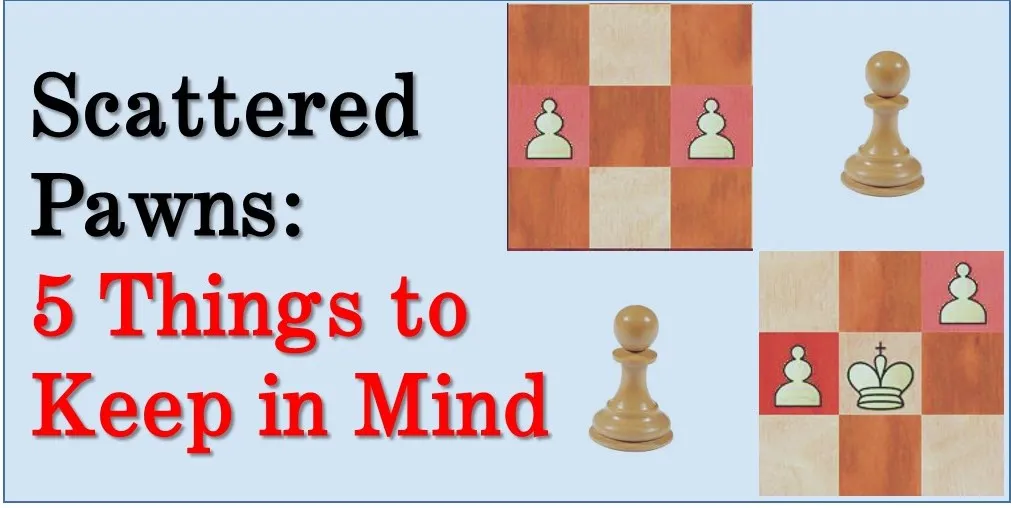
Scattered Pawns will be our focus this time. They occur in chess games of players of any level from 500 to 2900 Elo.
Also, we will continue our discussion of common pawn structures.
Previously we have covered the following pawn formations: the pawn triangle and the protected passed pawn.
What are the scattered pawns?
Scattered pawns are pawns of one color that are not located on adjacent squares. To be more precise, other pawns cannot protect the scattered ones. Typically even a single isolated pawn is considered to be a weakness in the endgame. If you have multiple isolated pawns (i.e. scattered) this is not a good sign.
Here is an example:
Things to know about scattered pawns:
1. The scattered are a serious weakness in the endgame because they always require protection and cannot support each other to move towards the promotion.
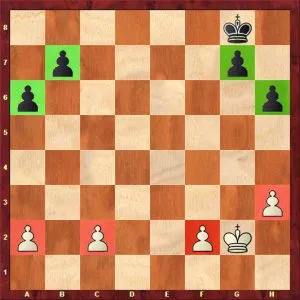
Pawns a2, c2, f2, h3 are scattered pawns.
2. If you end up with the scattered in the opening or middlegame it is not such a serious disadvantage as in the endgame. However, you need to keep in mind that if you have pawn structure weaknesses, exchanging pieces and transitioning to the endgame is not a good option for you.
3. If you are an attacking side (i.e. playing against the scattered) you need to avoid pawn exchanges because with each exchange you help your opponent to get rid of the positional weakness. Only exchange these pawns when absolutely necessary or if you see a clear way to win the game.
4. One of the most typical ideas that can be used to exploit the opponent’s scattered pawns is to attack both sides of the board. Because of the positional weaknesses in most cases, your opponent will not be able to keep up with your attack.

Attacking on both sides is a powerful technique against the scattered.
5. Creating an isolated passer on a side of the board should be one of your main objectives. That is exactly what happened in the example game above.
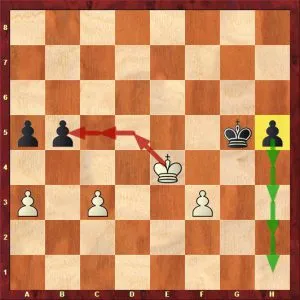
Creating an isolated passer typically wins.
Learn more critical endgames:
Did you enjoy this endgame tutorial? If you want to learn more critical chess positions in a simple and instructive way I suggest you check out our Training Course where you will learn positional chess, attacking techniques, tactics, and some of the most important endgames.
Click here to sign up and start improving now.




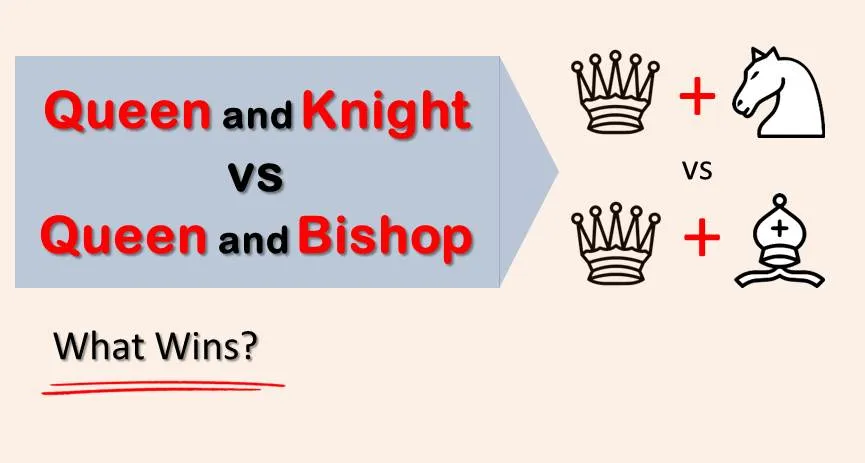
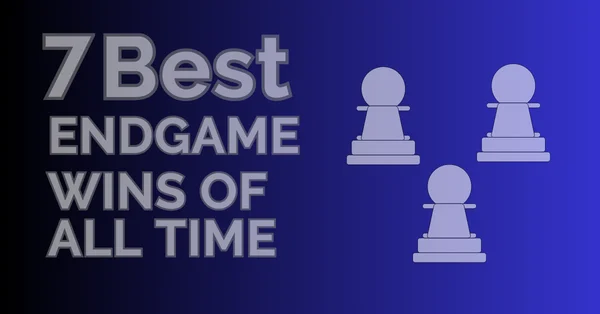




Comments: